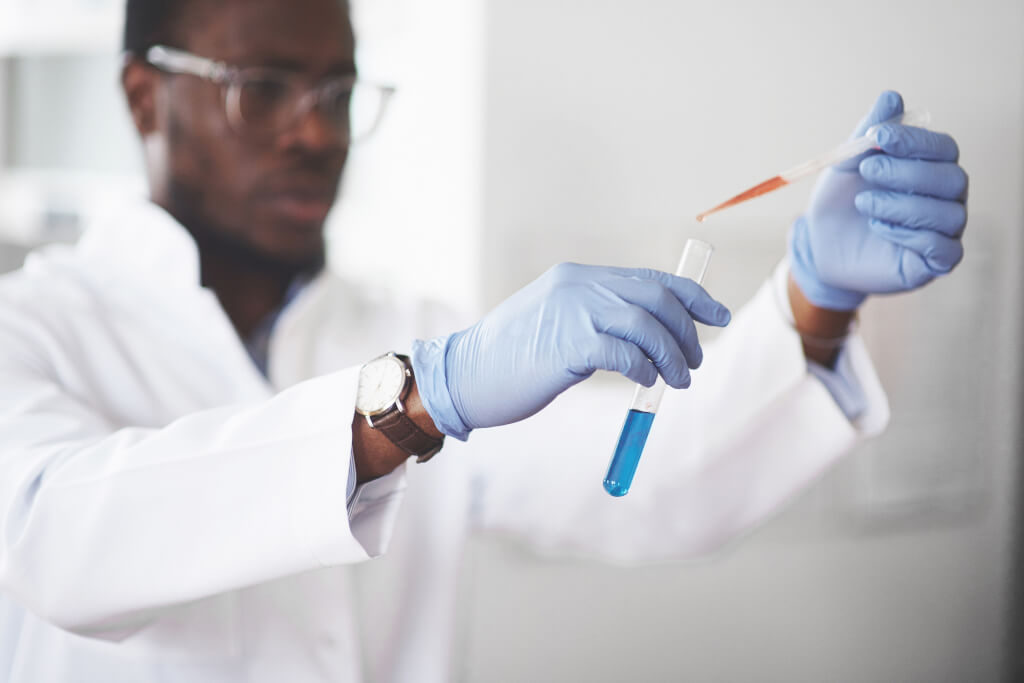Preserving the incredible complexity of our natural environment is more important than ever in this age of rapidly diminishing biodiversity and warming temperatures. South Africa, which is home to a wide variety of plant and animal species, is taking the lead in this important initiative. South Africa is working to standardise regulations and practices, and its network of biodiversity biobanks is providing researchers with access to a wealth of samples that reflect the country’s vast biodiversity.
As part of the Biodiversity Biobanks South Africa project, a biobank stores non-human biological samples like water, soil, and plant and animal reproductive tissues like seeds, eggs, and sperm. Cryopreservation is one typical procedure used to keep these samples safe for later use. The collected samples can be used as a foundation for future studies and developments in areas such as agriculture, medicine, and environmental management.
Professor Michelle Hamer, who is leading the Biodiversity Biobanks South Africa project, discussed its history and significance in a recent interview with The Conversation Africa. Hamer elaborated, “This initiative is a response to the National Department of Science and Innovation’s 2017 research roadmap, which aimed at creating research infrastructure accessible to all scientists.” According to the author, “biobanks can significantly contribute to addressing national concerns such as climate change and food security.”
Hamer’s discussion on food security provides an example of a practical and tangible use for biobanking. For instance, the Agricultural Research Council’s genebanks have facilitated the development of new maize strains through scientific study. Smallholder farmers can boost output and guarantee food security thanks to these genotypes’ resistance to dry temperatures and pests like the autumn armyworm.
However, biobanking’s applications go beyond ensuring a steady supply of food. South Africa has an especially important role to play in protecting biodiversity around the world since it is one of only 17 megadiverse countries. These are the countries that are home to the vast majority of Earth’s species. With over 100,000 plant, animal, and fungal species—many of which are endemic—the country occupies a special place in the international biobanking community.
When considering a large number of samples, over 500,000, that is spread across numerous sites in South Africa, the need for a unified network of biobanks becomes clear. “The challenge we’ve had is that biobanks have typically functioned autonomously, and researchers in the field of biodiversity rarely make use of them,” said Hamer. According to the authors, “this fragmentation of the research community can be addressed if we all come together under the Biodiversity Biobanks South Africa Network.”
The Biodiversity Biobanks South African Network seeks to resolve several critical issues. The network seeks to integrate and streamline biodiversity research and conservation efforts by guaranteeing easy access to samples, limiting the discarding of samples, promoting trustworthy biobanking, and building a shared infrastructure for current biobanks. There are currently seven institutes and over twenty biobanks that are part of the network.
Hamer stressed the importance of having access to a variety of high-quality, well-documented biobank materials when researching on a global scale. Access to such resources can significantly boost research and biotech applications with the advent of technologies like genome sequencing, making contributions to a wide range of fields from the evolution of Earth’s life forms to the discovery of the genetic basis for adaptive traits that can be used in breeding programmes.
Finally, the establishment of the Biodiversity Biobanks South Africa Network provides a fresh and effective approach to the study and preservation of South Africa’s extraordinary biodiversity. Climate change, habitat loss, and overexploitation of natural resources are only some of the environmental concerns that the network’s growing size will help mitigate. The biobanks in South Africa are more than just a place to save things; they are portals to learning about and protecting the complex web of life.
About The Author:
Zandile Mthembu is an agricultural innovations reporter. With a background in agricultural sciences and extensive travel throughout Africa, she brings the latest innovations in tech and sustainable practices to Africa Nova’s readers.




